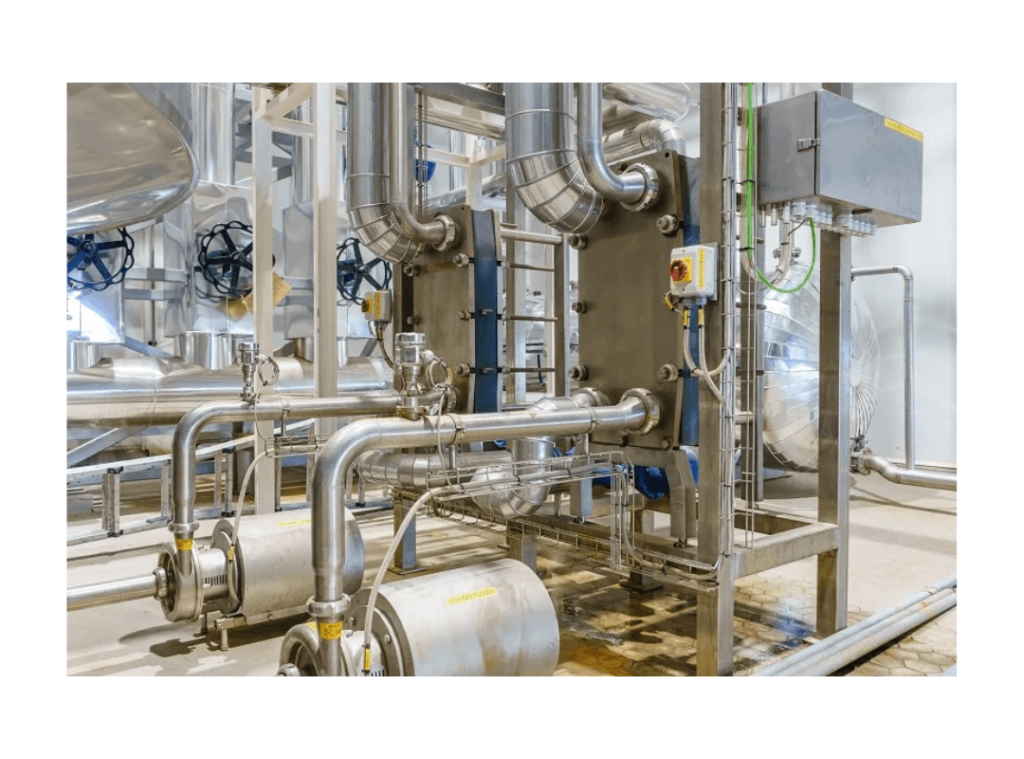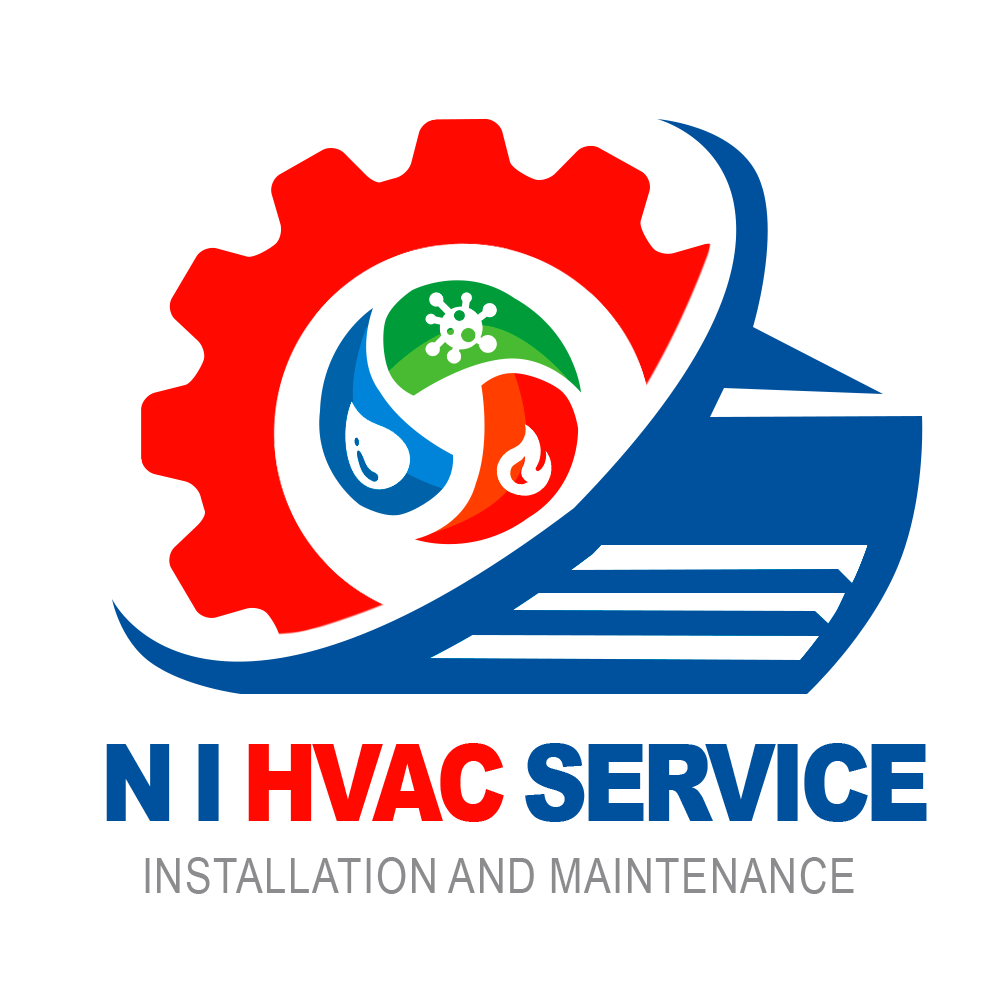Looking for a company
specializing in HVAC?
Welcome to NI Company, we specialize in the installation, maintenance and repair of FURNACE , VRF , CHILLER, ROOFTOP, geothermal, split system, ventilation, ERV, HRV and we carry out customized projects according to your needs, both residential and commercial.
System VRF
(Variable Refrigerant Flow)

Variable Refrigerant Flow (VRF) is a type of HVAC system that provides efficient heating and cooling to commercial and residential buildings. VRF systems use a single outdoor unit that is connected to multiple indoor units, allowing for individual temperature control in each room or zone.
VRF systems work by using a refrigerant to transfer heat between the indoor and outdoor units. The refrigerant flow is regulated by electronic controls, allowing the system to vary the amount of refrigerant that flows to each indoor unit based on the heating or cooling demand in that area.
One of the key advantages of VRF systems is their energy efficiency. By only cooling or heating the zones that require it, VRF systems can provide significant energy savings compared to traditional HVAC systems. They are also highly flexible, allowing for easy installation and modification of the system as building needs change over time.
In addition, VRF systems are known for their quiet operation and low maintenance requirements. They are also capable of providing both heating and cooling, making them a versatile choice for a wide range of applications.
Overall, VRF systems are an innovative and efficient solution for heating and cooling commercial and residential buildings. Their flexibility, energy efficiency, and low maintenance requirements make them an attractive option for building owners and managers looking to optimize their HVAC systems.
Request your quote through our service form

Request your quote through our communication channels
- 909 Lawrence st lowell Massachusetts 01852
- (978) 836-0028
- [email protected]
